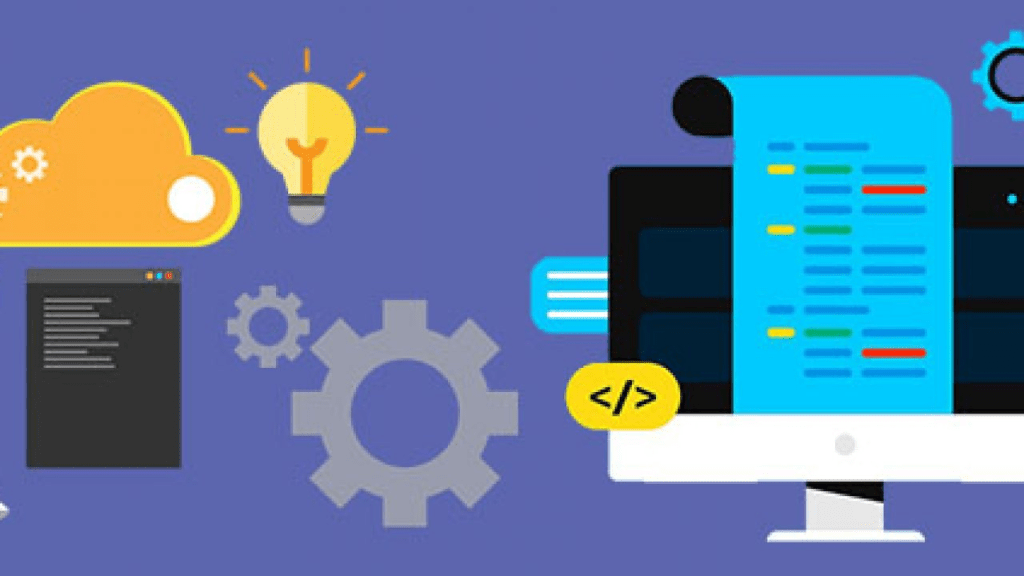Data silos emerge when your applications run independently of one another. Because they can’t access it, your workers need to gain knowledge that may aid them in doing their jobs. Their performance suffers as a result, and your clients’ and prospects’ experiences also deteriorate.
►►► See our products: Magento POS, BigCommerce POS, Shopify POS, Phần mềm CRM, Woocommerce POS, Restaurant POS, NetSuite POS, Thailand POS, South Africa POS and Commercetools POS
The corporate integration backlog can be helpful in this situation. They enable you to link your applications and allow data to flow across them, eliminating any current data silos and avoiding any future problems.
Why is enterprise application integration important?

Your team can maximize the potential of their business apps with the help of an enterprise integration backlog. You might discover that many applications give data that are useful for several teams if your company adopts more apps over time—as most firms continue to do. Say you manage and process product consumption data using a database system like Snowflake.
The caliber of the data at your team’s disposal significantly impacts their decision-making skills. Adopting an enterprise integration backlog gives your employees access to current, trustworthy information in the applications they depend on. Your staff won’t have to switch between apps to locate the information they require once data has been integrated. Instead, they can continue utilizing the apps they are accustomed to. Employee satisfaction should increase significantly because they will have more time to complete thoughtful, essential activities.
3 ways to lessen the backlog in enterprise integration
Find Your Peace in Emergent Requirements
Agile projects include emergent requirements, which means that high-level features’ specifics are discovered over time rather than at the beginning of development. Enterprise integration backlogs don’t have a significant upfront specifications phase where they assume hidden project problems have been found. Instead, the enterprise integration backlog asks the customer for high-level requirements, prioritizes them, and then refines the top priorities as we go.
Emergent needs reduce the need for initial requirement collecting, allowing us to change course fast and effectively while reducing the chance of making false assumptions. Please refrain from delving too deeply into the specifics of each need and avoid falling back into an iterative waterfall process. Additionally, keep in mind that a service member is meant to be a way to start a conversation rather than a binding agreement.
Feedback and Reflect

A product owner must satisfy three different constituencies: the dev team, stakeholders, and users. Each of these groups’ interactions must have results, and the Product Manager must be open about those results in the product backlog. Product Owners ought to follow these guidelines:
- Cadenced, time-limited backlog refinement sessions should be used to involve development.
- Schedule a meeting with the relevant stakeholders, primarily if they provided feedback in the Planning Phase.
- Be innovative in how you approach understanding your clients’ thoughts.
When it comes to what you’re developing, what you’re doing it, and who the item is being developed, transparency is essential to making sure you’re on the correct track.
Put only tasks with second-level priorities or higher on the backlog
Another quick and easy method for deciding what goes in your enterprise integration backlog and what has to go something else (like a “Longer-term Tasks” file) is by using this method. Here’s why urgency level 2 is a reasonable threshold for what goes on your queue.
You have participated in brainstorming sessions when the team writes down 20 ideas for workable products on a whiteboard. You might have even hosted enterprise integration backlog gatherings. It goes without saying that you cannot implement all Twenty of those concepts, certainly not in the near future. What do you do then? Your team can begin working on the best two to four of those ideas after you prioritize them and divide them into stories, tasks, and plans.
Contact us to help you run a well-oiled operation and maintain a robust product backlog.


